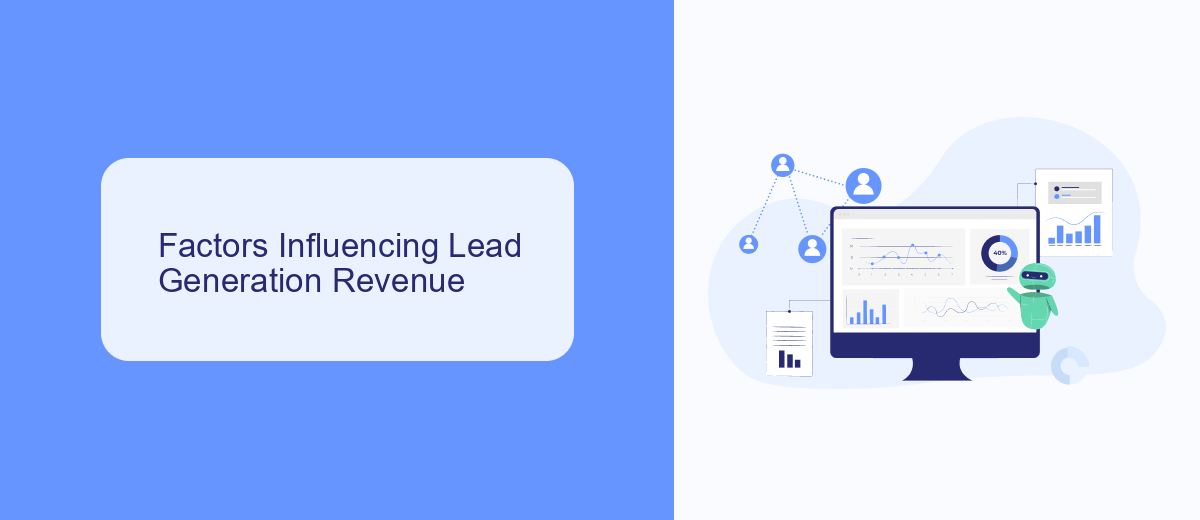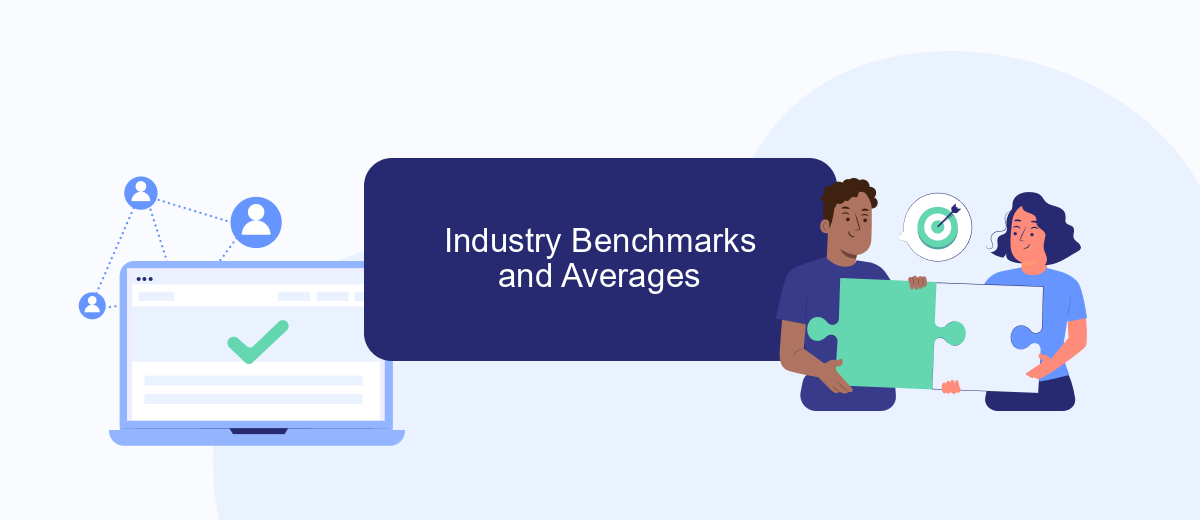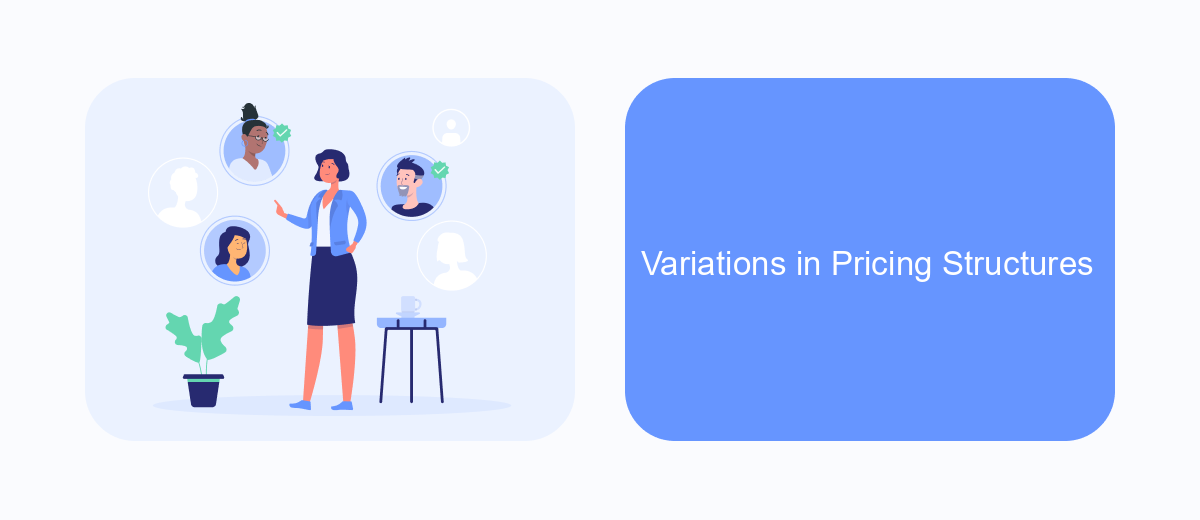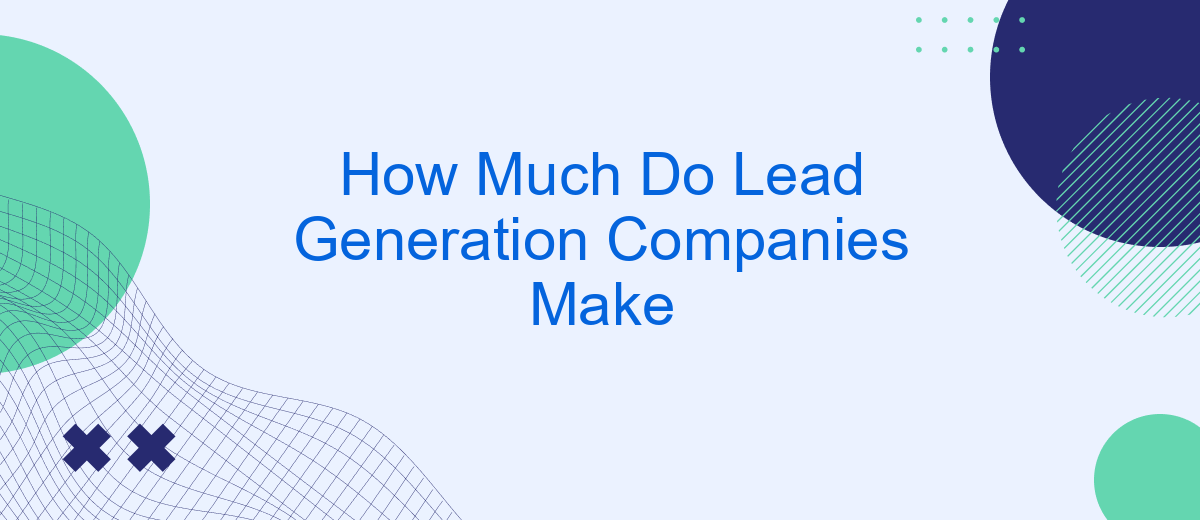Lead generation companies play a crucial role in connecting businesses with potential customers, driving sales, and increasing revenue. By leveraging advanced marketing strategies and data analytics, these companies can generate significant profits. But exactly how much do lead generation companies make? This article delves into the financial aspects of the lead generation industry, providing insights into revenue streams, profit margins, and key factors influencing earnings.
Revenue Models of Lead Generation Companies
Lead generation companies employ various revenue models to monetize their services effectively. These models can vary based on the type of leads, industry, and the specific needs of their clients.
- Pay-Per-Lead (PPL): Clients pay a fixed amount for each qualified lead generated.
- Pay-Per-Click (PPC): Revenue is earned each time a potential lead clicks on an advertisement.
- Subscription-Based: Clients subscribe to a monthly or annual plan for a consistent flow of leads.
- Revenue Share: Companies take a percentage of the sales generated from the leads they provide.
- Freemium: Basic lead generation services are offered for free, with premium features available at a cost.
Additionally, some lead generation companies integrate their services with other platforms to enhance efficiency and effectiveness. For instance, SaveMyLeads offers seamless integration with various CRMs and marketing tools, allowing businesses to automate lead management and ensure a smooth flow of information. This not only helps in better lead tracking but also enhances the overall client experience.
Factors Influencing Lead Generation Revenue

Several key factors influence the revenue generated by lead generation companies. First, the quality of leads is paramount. High-quality leads that are well-targeted and have a higher likelihood of conversion tend to command higher prices. Companies that invest in advanced data analytics and customer profiling tools can better identify and target these valuable leads, thus boosting their revenue potential. Additionally, the industry in which the lead generation company operates can significantly impact revenue, as some sectors, such as real estate or finance, typically offer higher lead values compared to others.
Another crucial factor is the efficiency of the lead generation process. Companies that leverage automation tools and integration services, such as SaveMyLeads, can streamline their operations, reduce manual workload, and improve lead management. SaveMyLeads, for example, allows businesses to automate lead data transfer between various platforms, ensuring timely follow-ups and reducing lead leakage. This increased efficiency not only enhances the customer experience but also maximizes revenue by ensuring that no potential lead is lost due to process inefficiencies.
Industry Benchmarks and Averages

In the lead generation industry, understanding benchmarks and averages is crucial for evaluating performance and setting realistic goals. Companies in this field typically measure success through key metrics such as cost per lead (CPL), conversion rates, and return on investment (ROI).
- Cost Per Lead (CPL): The average CPL can range from to 0, depending on the industry and target audience.
- Conversion Rates: Standard conversion rates for lead generation companies hover around 2-5%, but top performers can achieve upwards of 10%.
- Return on Investment (ROI): A healthy ROI for lead generation efforts is typically 5:1, meaning for every dollar spent, five dollars are earned.
To optimize these metrics, many companies turn to integration services like SaveMyLeads, which streamline the process of capturing and managing leads from various sources. By automating lead handling and ensuring seamless data flow, businesses can improve efficiency and focus on strategies that drive growth.
Variations in Pricing Structures

Lead generation companies employ a variety of pricing structures to cater to different business needs and budgets. These structures can significantly influence the overall cost and effectiveness of the lead generation efforts. Understanding these variations can help businesses choose the most suitable option for their specific requirements.
One common pricing model is the pay-per-lead structure, where businesses are charged for each lead generated. This model is often favored for its transparency, as companies only pay for the leads they receive. Another prevalent model is the subscription-based pricing, which involves a fixed monthly or annual fee for a set number of leads or access to a lead generation platform.
- Pay-per-lead: Charges based on the number of leads generated.
- Subscription-based: Fixed monthly or annual fee for lead generation services.
- Performance-based: Fees tied to the quality or conversion rate of the leads.
- Hybrid models: Combination of different pricing structures to suit specific needs.
Additionally, some lead generation companies offer integration services to streamline the process. For instance, SaveMyLeads allows businesses to automate lead data transfer between various platforms, enhancing efficiency and reducing manual efforts. By leveraging such integrations, companies can optimize their lead generation strategies and achieve better results.
Case Studies and Real-World Examples
One notable case study involves a mid-sized B2B software company that partnered with a lead generation firm to enhance their sales pipeline. Within six months, the company saw a 40% increase in qualified leads, translating to a 25% boost in sales. The lead generation company utilized a combination of targeted email marketing campaigns and social media outreach to achieve these results, demonstrating the significant impact of professional lead generation services on business growth.
Another example is a small e-commerce business that leveraged the services of SaveMyLeads to automate and streamline their lead management process. By integrating their CRM with various marketing platforms through SaveMyLeads, they reduced manual data entry and improved lead response times by 50%. This automation not only saved valuable time but also increased their conversion rates by 15%, showcasing the effectiveness of using specialized tools for lead generation and management.
FAQ
How much do lead generation companies typically make?
What factors influence the earnings of a lead generation company?
How do lead generation companies charge their clients?
What technologies can help increase the efficiency of lead generation companies?
Are there specific industries where lead generation companies are more profitable?
Personalized responses to new clients from Facebook/Instagram. Receiving data on new orders in real time. Prompt delivery of information to all employees who are involved in lead processing. All this can be done automatically. With the SaveMyLeads service, you will be able to easily create integrations for Facebook Lead Ads and implement automation. Set up the integration once and let it do the chores every day.
